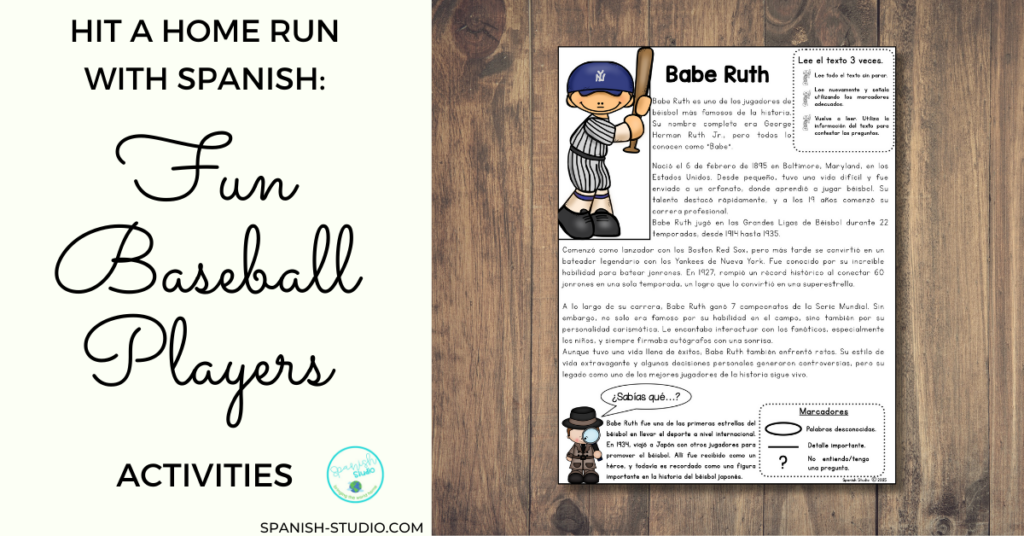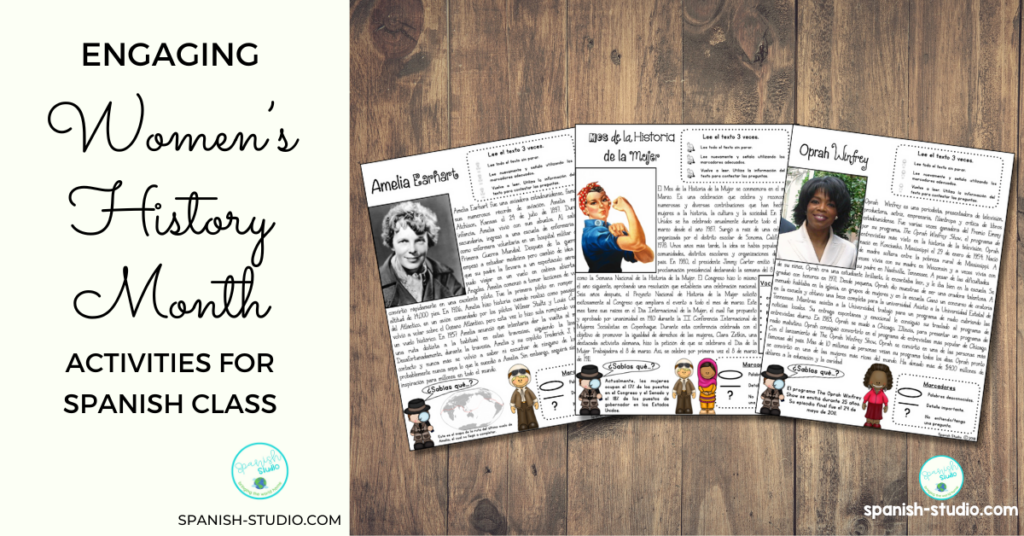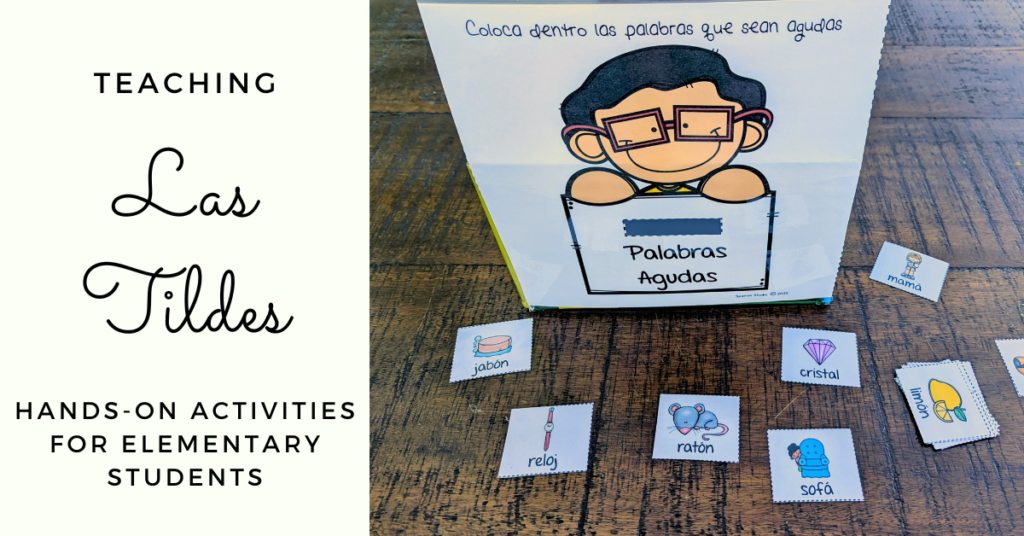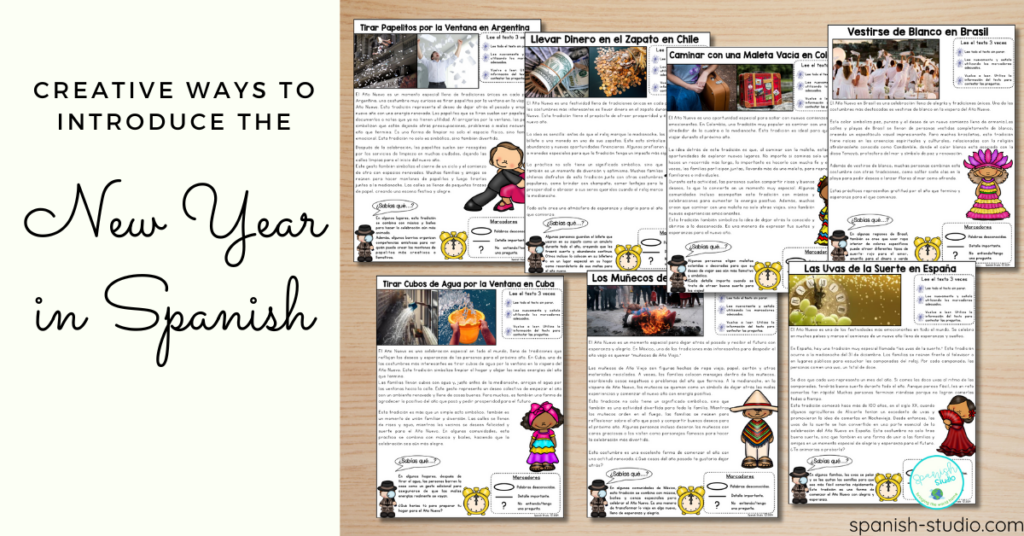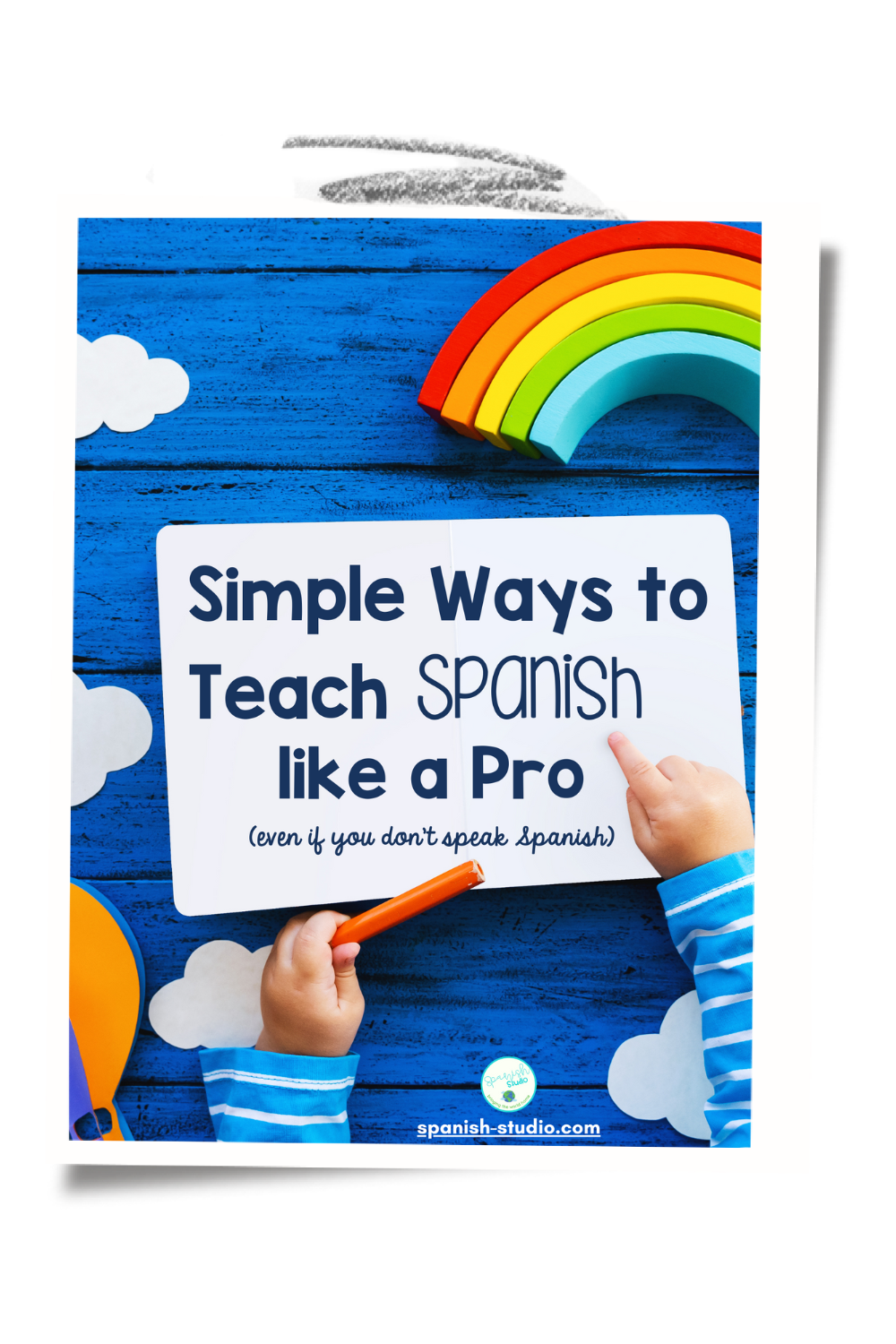In a Spanish classroom, the strategic use of labels in Spanish holds immense power in fostering language acquisition and creating an immersive learning environment. By incorporating comprehensible input from day one, using legible fonts and adding visually appealing elements, teachers can help students feel connected, minimize language barriers, and eliminate the panic that can arise from not understanding the language. In this blog post, we will explore the importance of labels in Spanish, along with practical strategies and examples to make them visually appealing and productive for children.
-
Foster Language Comprehension
Labels in Spanish play a crucial role in helping students associate words with their visual representations, facilitating language comprehension. By utilizing clear and concise labels in legible fonts, children can effortlessly connect objects to their corresponding Spanish names. Consider labeling items such as desks, chairs, windows, doors, and classroom supplies with their Spanish equivalents. This visual reinforcement ensures that students can quickly grasp and retain new vocabulary, aiding their language acquisition journey.
-
Create Contextual Understanding with Spanish Labels
Labels in Spanish with adjectives and action verbs further enhance language learning in context. By strategically incorporating these labels, teachers can provide students with the necessary vocabulary to describe and interact with their surroundings. Label the door with “puerta” (door) and “abrir” (open), the window with “ventana” (window) and “cerrar” (close), and the bookshelf with “estante” (bookshelf) and “guardar” (store). Associating these labels with everyday actions and descriptive words enhances students’ ability to comprehend and express themselves in Spanish within relevant contexts.
-
Provide Visual Support: Engage with Spanish Labels
To make labels in Spanish more engaging and memorable, include visually appealing elements alongside the words. Incorporate colorful clipart, photographs, or drawings that capture students’ attention and facilitate their understanding. Pair the label “mesa” (table) with a picture of a table or “lápiz” (pencil) with an image of a pencil. These visual representations help students build connections between the words and their meanings, creating a dynamic and immersive learning experience.
-
Strategic Placement
The strategic placement of the labels in Spanish is essential to ensure their visibility and accessibility. Place labels at eye level, making them easily visible to all students. Spread labels throughout different areas of the classroom, including walls, doors, and learning centers. This allows students to encounter and reinforce vocabulary continuously, regardless of their location in the room. Additionally, consider placing labels in specific areas, such as the writing station, reading corner, or math center, to reinforce subject-specific vocabulary within relevant contexts.
-
Interactive Learning Opportunities:
Transform the labeling process into interactive learning opportunities by involving students in the creation of the labels. Encourage them to participate in the design and placement of labels, allowing them to take ownership of their learning environment. This hands-on approach not only enhances their language skills, but also fosters a sense of pride and connection to the Spanish language.
In conclusion, labels in Spanish serve as powerful tools to support language acquisition, comprehension, and communication in the Spanish classroom. By incorporating legible fonts, vibrant visuals, and strategic placement, teachers create an environment that nurtures students’ connection to the language. Labels provide essential contextual cues, enhance vocabulary retention, and promote a sense of belonging. Embrace the use of labels in Spanish to make your classroom an engaging, inclusive, and language-rich space where students thrive in their Spanish language learning journey.
Remember, the magic lies in combining practicality, visual appeal, and meaningful connections. Utilize them effectively, and witness your students flourish in their language skills and confidence!
Interested in more?
Download my FREE Guide: “How to Teach Spanish Like a Pro (even if you don’t speak Spanish)”





